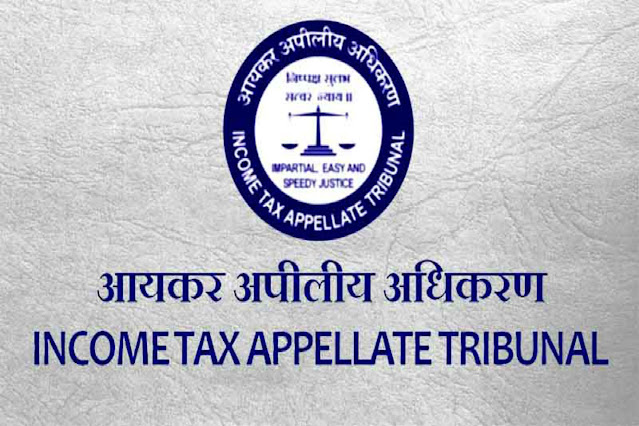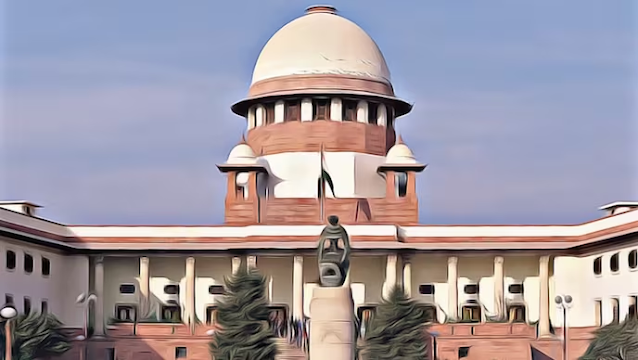D.S. Mathur, J.@mdashThis is a Special Appeal by Ashiq Husain, petitioner, against the order of a learned single Judge partly allowing and partly dismissing the writ petition moved by him and by Smt. Hanifa Bibi, respondent No. 4.
2. The material facts of the case are that one Yadan was a resident of Uttar Pradesh having a house in Mohalla Aliganj of the town of Tanda in district Faizabad but had shifted to Kamtee in Madhya Pradesh in 1940 and migrated to Pakistan in or before 1949. The appellant Ashiq Husain, purchased the house from Yadan in 1960 (sic). It was after a few years that the Custodian gave notice to petitioner No. 1 u/s 8(4) of the Administration of Evacuee Property Act (Act XXXI of 1950) to show cause why damages be not recovered from him for being in unauthorised possession of the abovementioned house which was an evacuee property and had vested in him. The notice is dated 5-11-1956.
3. The learned single Judge was of opinion that Clause (i) of Section 2 (c) of U.P. Ordinance I of 1949 did not apply to Yadan, and the mere fact that he had migrated to Pakistan could not show that he was residing in Pakistan, It was in these circumstances that the revision was remanded for fresh hearing, keeping the observations made in the writ petition in mind. In substance, therefore, if Yadan was a resident of Pakistan the property was evacuee property and the action taken by the Custotion was proper.
4. The first Ordinance to be passed in respect of evacuee property material for the decision of this case, is U.P. Ordinance No. I of 1949. Section 2 (c) defined ''evacuee''. The definition of ''evacuee property'' contained in Section 2 (d) of the Ordinance flows from the term ''evacuee''. As laid down in Clauses (i) and (ii) of Section 2 (c) of this Ordinance "evacuee" means any person:
"(i) who, on account of the setting up of the Dominions of India and Pakistan or on account of civil disturbances or the fear of such disturbances, leaves or has on or after the 1st day of March, 1947 left any place in the United Provinces for any place outside the territories now forming part of India, or
(ii) who is resident in any place now forming part of Pakistan and is for that reason unable to occupy, supervise or manage in person his property in the United Provinces or whose property in the Province has ceased to be occupied, supervised or managed by any person, or is being occupied, supervised or managed by an unauthorised person."
5. Yadan was not living in Uttar Pradesh during the material period and, therefore, Clause (i) is inapplicable. Clause (ii) applies to a resident in any place now forming part of Pakistan. It was contended that Clause (ii) of Section 2 (c) applied to only those persons who were residents in any place now forming part of Pakistan on the 15th of August, 1947, and not to those who had later migrated from India to Pakistan. Clause (ii) has been worded generally and we see no justification to give a restricted meaning to this provision.
6. Reliance was placed upon Section 8(1)(b) of the Administration of Evacuee Property Act, 1950 wherein it is provided that in cases falling under this category the property shall be deemed to have vested in the Custodian from the 15th day of August, 1947. Section 8(1)(b) was incorporated in the subsequent enactment to lay down from which date the property shall be deemed to have vested in the Custodian and not to restrict the scope and meaning of the expressions ''evacuee'' or ''evacuee property''. In any case, any new provision in a subsequent enactment cannot be utilised to restrict the general scope of the provisions in the earlier enactment. We, therefore, agree with the learned single Judge that a person who had migrated to Pakistan after 15th of August, 1947 and was residing in Pakistan was also covered by Clause (ii) of Section 2 (c) of U.P. Ordinance No. I of 1949. The provision was. however, not applicable if after migration the person settled down in a country other than Pakistan.
7. U.P. Ordinance No. I of 1949 was replaced by Central Ordinance No. XII of 1949 as amended by the Amending Ordinance No. XX of 1949. This Central Ordinance came into force in Uttar Pradesh on 23rd August, 1949, The Central Ordinance has been worded in the same manner as U.P. Ordinance No. 1 of 1949. The definition of ''evacuee'' contained in this Ordinance is the same as in U.P. Ordinance No. I of 1949. The evacuee property vested in the Custodian in the same manner.
8. When the Central Ordinance was made applicable to Uttar Pradesh Section 41 was incorporated in the Central Ordinance to make it clear that anything done or any action taken under the U.P. Ordinance shall be deemed to have been done or taken under the Central Ordinance No. XII of 1949 as amended by the Ordinance No. XX of 1949. In the instant case no action had been, taken since after the vesting of the evacuee property in the Custodian and, therefore. Section 41 is inapplicable; but by virtue of Section 5(1) of the Central Ordinance No. XII of 1949 as amended by Amending Ordinance No. XX of 1949 there was automatic vesting as was the case under U.P. Ordinance No. 1 of 1949. Consequently, even if it be assumed that on U.P. Ordinance No. 1 of 1949 lapsing the Custodian was divested of the property, there was an immediate vesting of the property in the Custodian by virtue of the Central Ordinance.
9. It was also contended that Section 6 (1) of these Ordinances contemplated a notification specifying the properties which had vested in the Custodian under the Ordinances, and when no notification was issued the property cannot be deemed to be evacuee property, nor can be taken to have vested in the Custodian. This contention is against the spirit of Sections 5 and 6. Section 5 contemplates automatic vesting of the properties of evacuees in the Custodian and u/s 6 (2) the Custodian can take action after the vesting of the evacuee property, not necessarily after issue of notification. Issue of notification u/s 6 (1) is distinct from the vesting of evacuee property u/s 5. The effect of delay in the issue of notification is that the claimants can raise objection even at a much later stage.
10. Ordinance No. XII of 1949 as amended by Ordinance No. XX of 1949 was repealed by Central Ordinance No. XXVII of 1949. Under this enactment notice u/s 7 was necessary before any property could be declared evacuee property but in Section 8(2) thereof it was clearly provided that if immediately before the commencement of this Ordinance any evacuee property had vested in the Custodian under any law repealed hereby, it shall be deemed to have vested in the Custodian appointed or deemed to have been appointed for the Province under this Ordinance, end shall continue to so vest. This provision makes it clear that in respect of evacuee property which had already vested in the Custodian no fresh action u/s 7 was to be taken. In other words, therefore, the property in dispute shall be deemed to have vested in the Custodian u/s 8(2) in case it was evacuee property which had vested in the Custodian under the earlier Ordinances, to put it differently, Yadan was an ''evacuee'' as defined in Clause (ii) of Section 2 (c) of U.P. Ordinance No. 1 of 1949 and in the Central Ordinance No. XII of 1949 as amended by Amending Ordinance No. XX of 1949. No comments need be made on the effect of Section 55 (31 as in the instant case the Custodian had not taken any action, nor had he taken any proceeding under any of the Ordinances.
11. Central Ordinance No. XXVII of 1949 was replaced by the Administration of Evacuee Property Act, 1950 (Act XXXI of 1950). It contains a similar provision as Section 8(2) of the Ordinance. Consequently, if Yadan is an evacuee under U.P. Ordinance No. I of 1949 and Central Ordinance No. XII of 1949 as amended by Ordinance No. XX of 1949, his properties shall be evacuee property which had automatically vested in the Custodian and these properties shall still continue to be vested in the Custodian even though, no action u/s 7 was taken.
12. The Special Appeal has, therefore no force and is hereby dismissed. Costs shall be easy.

